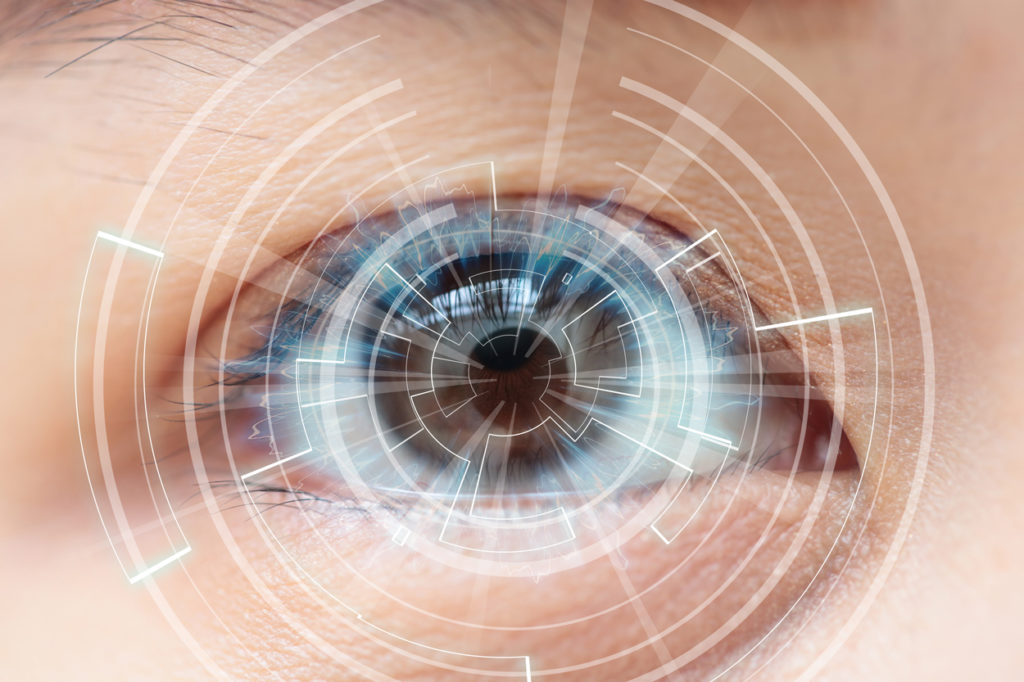Cataract Surgery in Baton Rouge, Louisiana
 Cataracts: An age-old disease
Cataracts: An age-old disease
Cataracts occur when the eye’s normally clear lens becomes cloudy, which interferes with the quality of your vision. Some of the symptoms of cataracts include blurry or double vision, difficulty seeing clearly at night, and the appearance of halos around light sources.
More than 90 percent of people over the age of 65 have cataracts, and half of the people between ages 75 and 85 experience vision loss due to cataracts. Cataracts have a range of causes, including age, diabetic complications, congenital conditions, overexposure to ultraviolet radiation, and eye injuries.
Ready to revitalize your vision? We’ve got you covered.
Recent innovations in the field of medicine have created an abundance of surgical options to suit your needs. Eye Specialists of Louisiana use cutting-edge medical technologies to treat our patients. Learn more about them below:
LenSx laser-assisted Cataract Surgery
Modern technology allows doctors to use a medical laser to create extremely precise and reliable surgical incisions and to soften the cataract prior to removal. Once done, ultrasound waves are used to break the cataract into tiny pieces, which are then removed so that an artificial lens can be inserted to replace the old damaged one. Learn more here!
Dropless cataract surgery
Patients who undergo cataract surgery are generally prescribed eye drops for post-surgical recovery. These drops need to be used several times a day for several weeks. Dropless cataract surgery removes this hassle by implanting the necessary medications inside your eye during your cataract removal procedure. This option is convenient, safe, effective, and less expensive than using traditional drops. Learn more here!
Multifocal intraocular lenses
Traditional cataract surgery technologies correct one focal point, which results in patients needing to use reading glasses or bifocals for the rest of their lives. With a multifocal lens implant, you won’t need to rely on eyewear or contact lenses to read after your cataract surgery. However, it is essential to note that these lenses are not for everyone. Additional testing is needed to determine if you are an appropriate candidate for implants. Learn more here!
Toric intraocular lenses
Patients with astigmatism can now elect for a toric lens implant to correct their distance vision post-cataract surgery. The toric lens incorporates unique optical properties to compensate for specific deficiencies in your vision. This option may be the best choice if you’d like to further improve your quality of vision and reduce your dependency on glasses. Learn more here!
Extended depth of focus lenses
Extended Depth of Focus (EDOF) lenses are a new technology that has recently emerged as a treatment for presbyopia. Unlike multifocal intraocular lenses, EDOF lenses work by creating an elongated focal point to enhance your natural range of vision. Along with providing a rich depth of focus, EDOF intraocular lenses also reduce photic phenomena, such as halos and glares. Learn more here!
